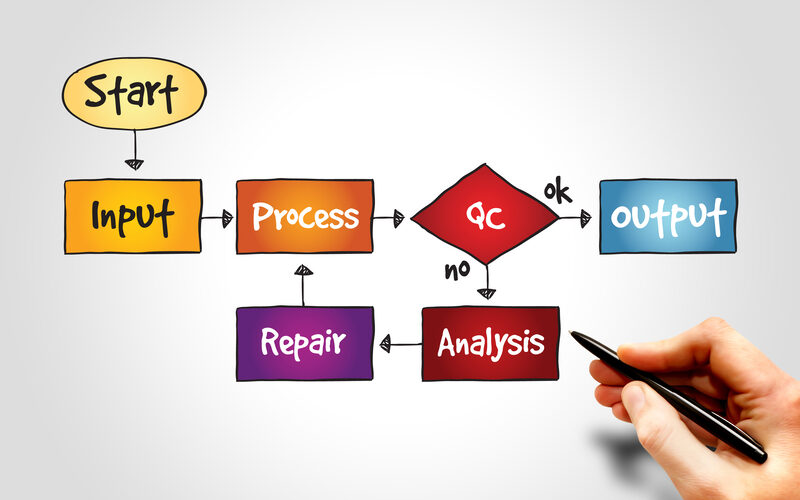There is something wrong with your process: it keeps failing and you don’t know why…

A service industry gives us more than we can imagine and we can’t just manage without it. To put it the right way, let us ask you a question. What would happen if there were no hospitals? or retails? Well, we will all face some real problems.
All these industries like hospitality, business, finance and public services fall into the category of service organizations. The service industry, unlike the manufacturing industry, earns its profits by providing intangible services, to say the least. The industry grows organically due to several factors, one of which is the human element critical to its operation.
Now, Six Sigma is a scientific methodology, which works for 99.997% of quality assurance on business practices. The error rate for a successful Six Sigma implementation is 3.4 defects per million opportunities irrespective of industries.
How does Six Sigma benefit service organizations?
Initially, service organizations were a bit reluctant towards Six Sigma as it was originally introduced for the benefits of the manufacturing industry. The fact that the service industry doesn’t have a manufacturing component, Six Sigma wasn’t acknowledged in good spirits and was not considered to be a problem solver. Finally, when the service industry took a step towards Six Sigma and established some great results, it proved its worth.
Although Six Sigma has brought enormous success to service organizations, here are some of the advantages:
1. Waste Elimination
Waste is everywhere and it causes complex processes, which, in turn, delays work and disturbs the entire system. The fact that Six Sigma is a data-driven methodology ensures removal of waste with the use of the quality tool like 5S.
2. Better Quality
Not to mention, Six Sigma is one of the methodologies, which brings quality improvement. In any event, Six Sigma achieves a steady process outcome and reduces process variation and defects, resulting in the reduction of poor quality in services and products.
3. Finding the Root Cause
The RCA (Root Cause Analysis) technique is a part of Six Sigma which looks deep into the problem to find out the root cause of it. If we know the root cause of the problem, it becomes easier to take the necessary steps to either find the solution or just eliminate it altogether.
4. Customer Satisfaction
In order to satisfy a customer, isn’t it necessary to understand his requirements first? And for that reason, Six Sigma has a unique tool called VOC (Voice of the Customer), which helps in finding the wants and needs of a customer. This tool ensures that the company meets the customer’s expectations and bring the joy of satisfaction to the customer.
5. Process Improvement
This ensures the improvement of administrative processes in a company using Six Sigma’s DMAIC methodology, which can also be implemented in any part of the organization. For instance, in an HR firm, a longer recruitment process can prove to be a bottleneck. “Hence, Six Sigma can help to reduce the cost and time to hire an employee.”
In conclusion, Six Sigma can undoubtedly be applied to any industry and it will only prove its credibility. Many industries rely on Six Sigma and each time it has provided colossal success.




Comments (0)